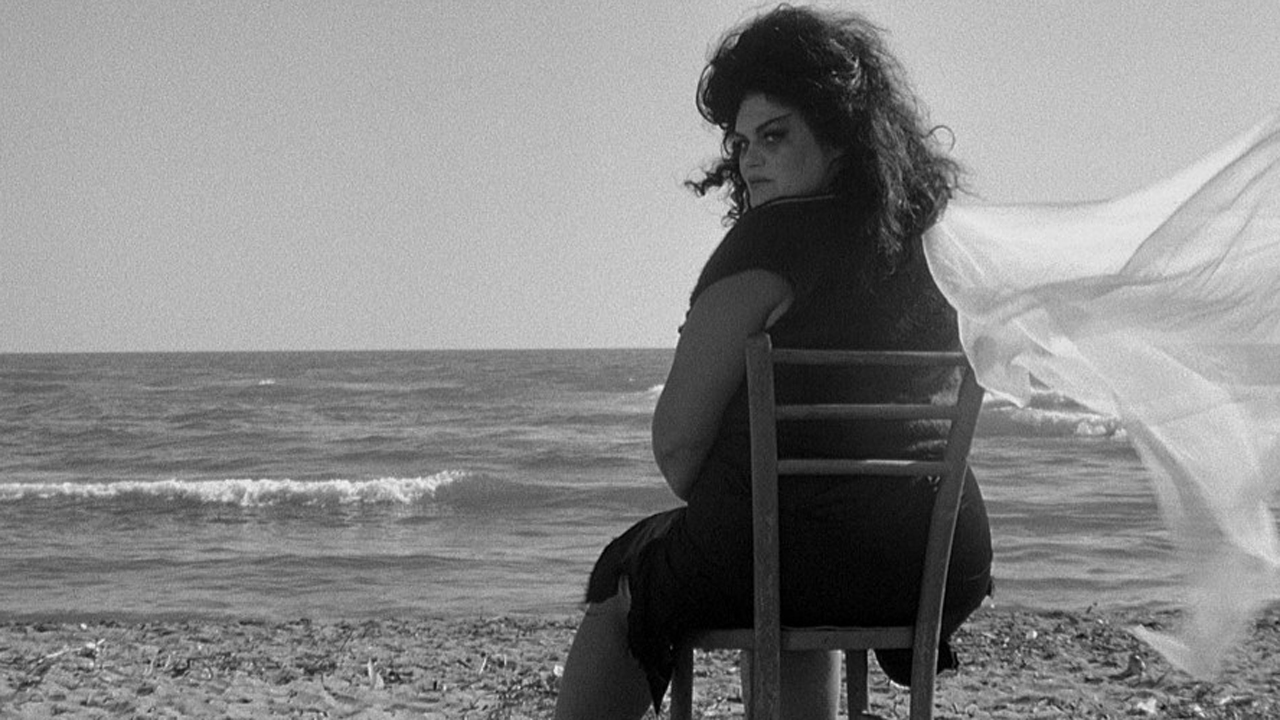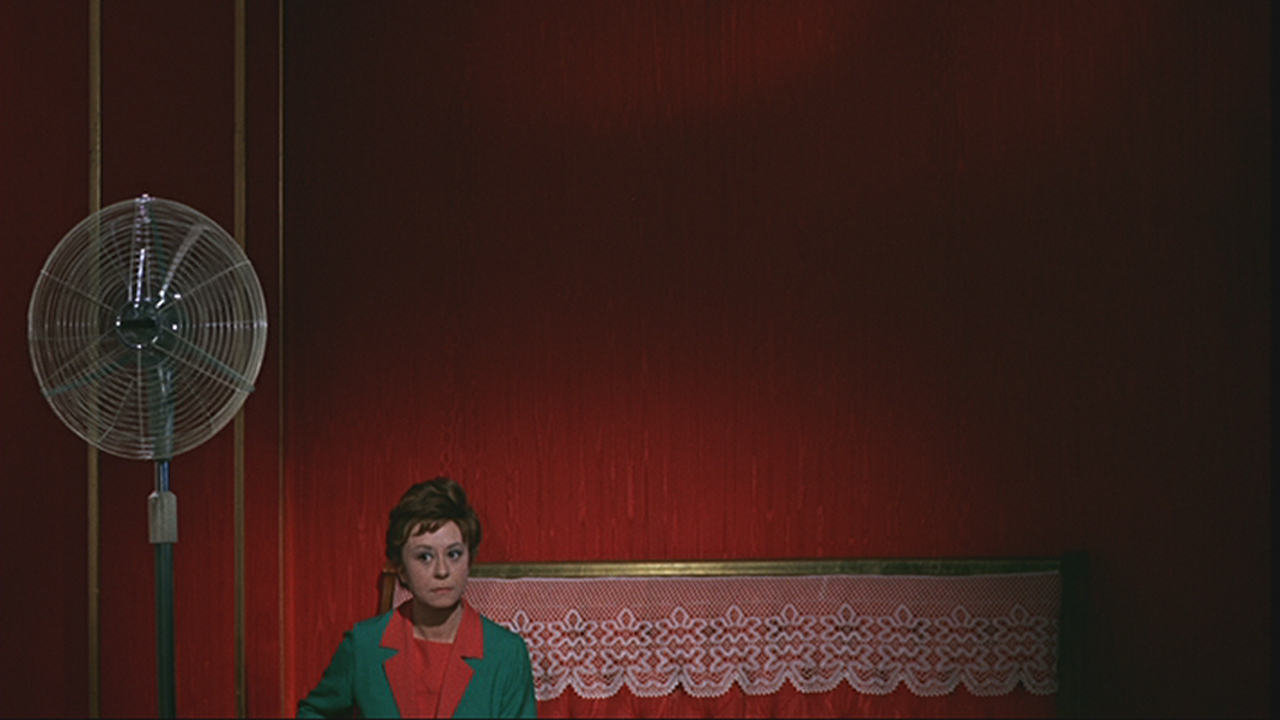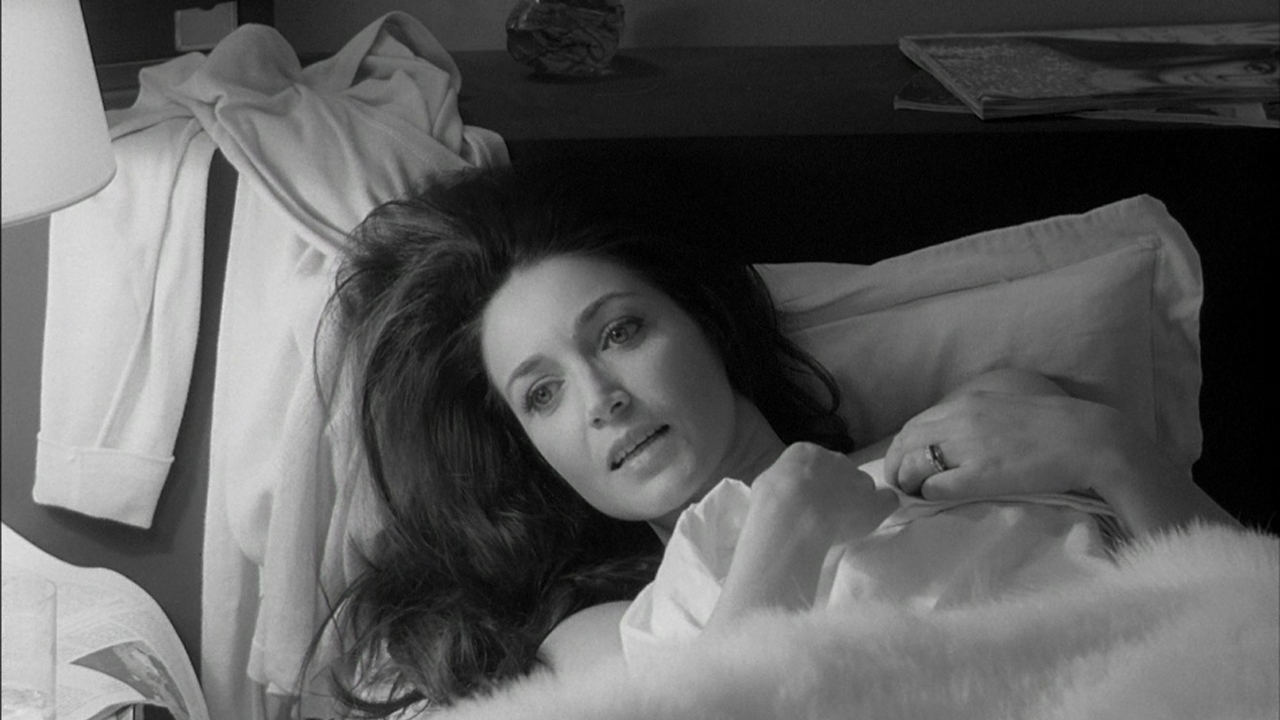Thirteen Oscar Favorites from the Golden Age of the Art House

The Great Beauty, which is up for best foreign-language film at Sunday’s Academy Awards, feels at times like a glorious throwback to a time when art-house cinema reigned. Feeling nostalgic for that era, when films by the great directors of world cinema were routinely receiving Oscar nominations, we were inspired to put together a list of some of our favorite foreign films in the Criterion Collection to get nods in a variety of categories, from the fifties through the seventies.

Rashomon (1950)
Nomination: Best art direction–set decoration (black-and-white)
Win: Best foreign-language film (honorary award)
Akira Kurosawa’s narratively radical tale of a rape and murder told from four different perspectives took the moviegoing world by storm and ignited American interest in Japanese cinema. The Academy awarded it a special prize for best foreign-language film (not a competitive category until 1956) and also honored its striking medieval look by nominating its art direction and sets. The winner in that category was Vincente Minnelli’s The Bad and the Beautiful.

Hiroshima mon amour (1959)
Nomination: Best original screenplay
It’s difficult to imagine a film as devastating, artistically engaged, and intellectually challenging as this one receiving a nomination today. But Alain Resnais’ wrenching study of love and grief post–World War II elicited a nod for Marguerite Duras’ literate and multilayered script (which lost to Billy Wilder’s The Apartment.)

Ballad of a Soldier (1959)
Nomination: Best original screenplay
Grigori Chukhrai’s tearjerking World War II–set film, about a brave young Russian soldier granted a brief leave to go home and visit his mother, was the rare Soviet import to break through to box-office success here. The most widely seen Russian film of the Khrushchev era in the U.S., Ballad of a Soldier received a nomination for its screenplay (alongside two other important international art-house movies, Il generale della Rovere and La dolce vita) but lost to Elia Kazan’s Splendor in the Grass.

Divorce Italian Style (1962)
Nominations: Best director, best original screenplay, best actor
Win: Best original screenplay
Pietro Germi’s commedia all’italiana classic was one of the most popular foreign imports of the sixties. Much of the U.S. box-office success of this black comedy about a chauvinistic baron who wants to bump off his wife can be attributed to the stardom of Marcello Mastroianni, who received a best actor nod (he lost to Gregory Peck for To Kill a Mockingbird) for his hilariously dry performance. Germi lost the best director Oscar to David Lean (Lawrence of Arabia) but was given a great consolation prize, sharing best original screenplay honors with his cowriters Ennio De Concini and Alfredo Giannetti—and beating Alain Robbe-Grillet for Last Year at Marienbad and Ingmar Bergman for Through a Glass Darkly, to boot!

8½ (1963)
Nominations: Best director, best original screenplay, best foreign-language film, best art direction–set decoration (black-and-white), best costume design (black-and-white)
Wins: Best foreign-language film, best costume design (black-and-white)
Federico Fellini’s visually spectacular journey into his own mind—starring Marcello Mastroianni as his surrogate—was a cornerstone of the sixties art-house scene and remains a movie whose profoundly personal themes and technical audacity are nearly impossible to overlook. The Academy rewarded it with Oscars for best foreign-language film and costume design—although Fellini lost his bids for director and screenplay to Tom Jones’s Tony Richardson and How the West Was Won’s James R. Webb, respectively, while its art direction lost to that of Elia Kazan’s America, America.

The Leopard (1963)
Nomination: Best costume design (color)
The sumptuous gowns, tuxes, and military uniforms Piero Tosi designed for Luchino Visconti’s magnificent nineteenth-century period piece were ultimately no match for the outlandish Egyptian getups of Cleopatra.

The Organizer (1964)
Nomination: Best original screenplay
It’s Marcello Mastroianni again! The unofficial king of sixties art-house cinema was at his best as an itinerant professor who helps unionize a group of factory workers in turn-of-the-twentieth-century Italy. Mario Monicelli’s political drama was recognized for its script (cowritten by Monicelli, Agenore Incrocci, and Furio Scarpelli), though it lost to the Cary Grant romantic comedy Father Goose.

Woman in the Dunes (1964)
Nomination: Best director
Hiroshi Teshigahara was the first Japanese director ever nominated in this category—and shockingly, there has been only one other since: Akira Kurosawa for 1985’s Ran. Considering that Teshigahara’s film is a surreal existential drama with avant-garde touches, it’s rather remarkable it was up for such a major Academy Award. The winner, however, was Robert Wise for the very different The Sound of Music.

Juliet of the Spirits (1965)
Nominations: Best art direction–set decoration (color), best costume design (color)
Federico Fellini’s magical realist drama, starring Giulietta Masina as a woman on a journey of self-discovery after she finds out her husband has been cheating on her, was the director’s first color feature. And it’s no surprise that what he created is so visually ravishing. Longtime Fellini collaborator Piero Gherardi was nominated for both his costumes and sets, losing in the former category to best picture winner A Man for All Seasons, and in the latter to . . . Fantastic Voyage!

The Shop on Main Street (1965)
Nomination: Best actress
The Polish actor Ida Kaminska was in her late sixties when the Academy nominated her for an Oscar (which ultimately went to the more glamorous Elizabeth Taylor, for Who’s Afraid of Virginia Woolf?) for her starring role in Ján Kadár and Elmar Klos’s best foreign-language winner from Czechoslovakia. Though not well known in the United States before this film, she was the manager, producer, and leading actress at the Jewish Theater in Warsaw, and is unforgettable as an elderly, nearly deaf Jewish sewing-shop owner who is unaware that Nazi-fueled anti-Semitism is changing her small Slovak town.

My Night at Maud’s (1969)
Nominations: Best foreign-language film, best original screenplay
After the release of My Night at Maud’s, Eric Rohmer’s brand of talky sophistication was in vogue at the art house (his subsequent Moral Tales, Claire’s Knee and Love in the Afternoon, were also successes). Rohmer’s intellectually minded romance lost the screenplay award to best picture winner Patton and the foreign-language award to an even bigger international hit and the next film in this gallery.

Z (1969)
Nominations: Best picture, best director, best foreign-language film, best adapted screenplay, best film editing
Wins: Best foreign-language film, best film editing
The Greek-born, Paris-educated Costa-Gavras skyrocketed to renown with this thrilling, incendiary adaptation of the Vassilis Vassilikos novel Z, based on the real-life assassination of the Greek Social Democrat figure Grigoris Lambrakis, the fictionalized version of whom is played by Yves Montand. Though the film won awards for best foreign-language film and its kinetic editing, it lost in the three big categories to John Schlesinger’s Midnight Cowboy.

Cries and Whispers (1972)
Nominations: Best picture, best director, best original screenplay, best cinematography, best costume design
Win: Best cinematography
By 1972, when Cries and Whispers was released in the United States, Ingmar Bergman was one of the few international auteurs who could be called a household name. This helps explain why, despite its incredibly challenging material, this visceral, interior portrait of two sisters dealing with the painful death of a third, was nominated for the big one. Though it ended up losing to the much lighter caper The Sting in the best picture, director, original screenplay, and costume design categories, its director of photography, Sven Nykvist, prevailed for best cinematography. And with the film’s searing color palette and elegant compositions, it’s hard to conceive of a worthier winner.



